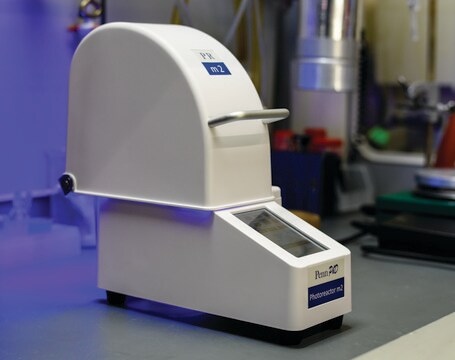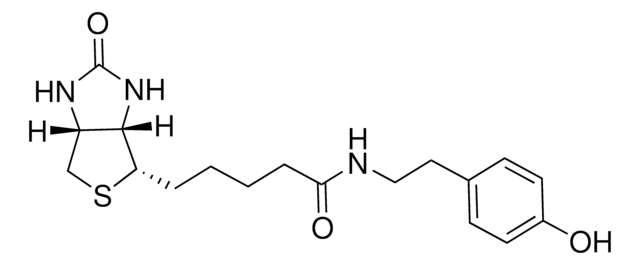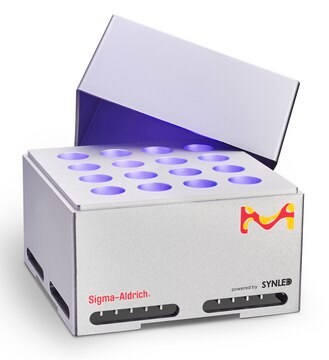EZBRAIN42
Human Amyloid β42 ELISA Kit
measures and quantifies Amyloid β42 levels in 50 μL tissue or cell lysates
About This Item
Productos recomendados
Nombre del producto
Human Amyloid β42 Brain ELISA, This Human Amyloid β42 Brain ELISA is used to measure & quantify Amyloid β42 levels in Neuroscience research.
Nivel de calidad
reactividad de especies
human
envase
kit of 1 × 96 wells
Parámetros
50 μL sample volume (Overnight assay)
assay range
sensitivity: 8 pg/mL
(lowest level of Amyloid β1-42 standard; 50 μL sample size)
standard curve range: 16-500 pg/mL
técnicas
ELISA: suitable
entrada
sample type tissue/cellular lysate
aplicaciones
research use
método de detección
colorimetric (450nm/590nm)
Condiciones de envío
wet ice
temp. de almacenamiento
2-8°C
Información sobre el gen
human ... APP(351)
Descripción general
Especificidad
Aplicación
Neuroscience
Alzheimer′s Disease
Almacenamiento y estabilidad
Otras notas
Cláusula de descargo de responsabilidad
Opcional
Palabra de señalización
Warning
Frases de peligro
Consejos de prudencia
Clasificaciones de peligro
Aquatic Chronic 3 - Met. Corr. 1 - Skin Sens. 1
Código de clase de almacenamiento
8A - Combustible corrosive hazardous materials
Certificados de análisis (COA)
Busque Certificados de análisis (COA) introduciendo el número de lote del producto. Los números de lote se encuentran en la etiqueta del producto después de las palabras «Lot» o «Batch»
¿Ya tiene este producto?
Encuentre la documentación para los productos que ha comprado recientemente en la Biblioteca de documentos.
Nuestro equipo de científicos tiene experiencia en todas las áreas de investigación: Ciencias de la vida, Ciencia de los materiales, Síntesis química, Cromatografía, Analítica y muchas otras.
Póngase en contacto con el Servicio técnico










